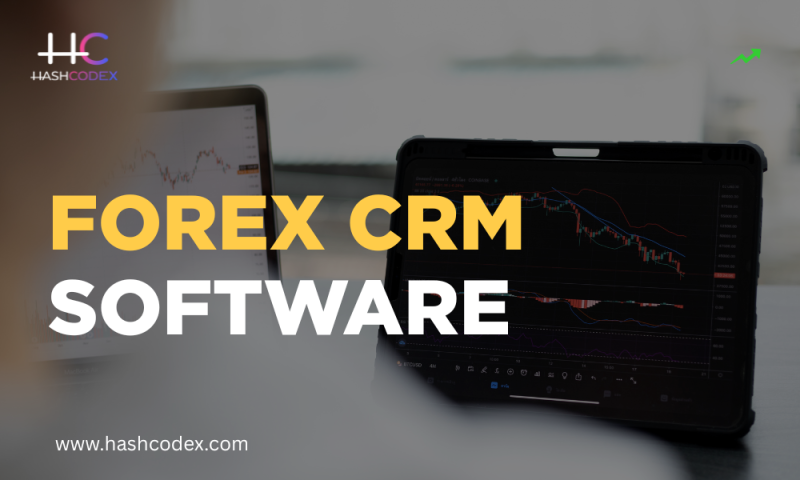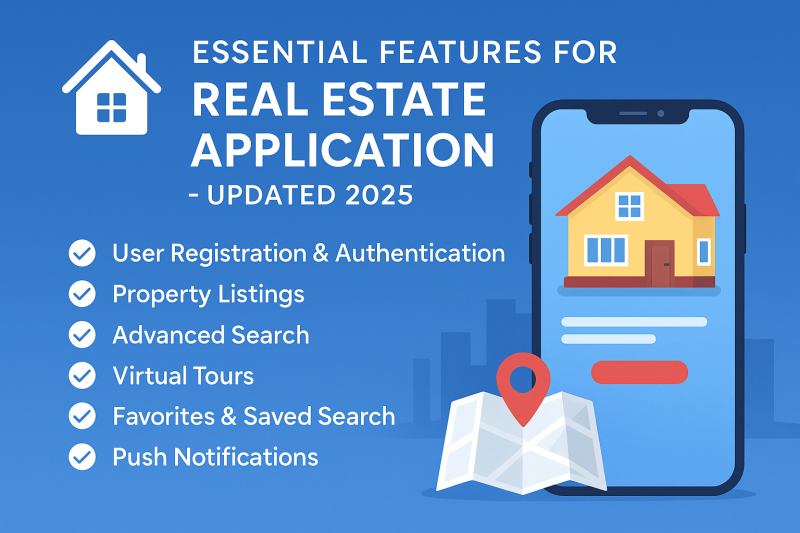Technology
Forex CRM Solutions for Multi-Level Broker Management

Every successful Forex business reaches a moment when broker teams start growing across many levels.
You add new levels, new people, and more activity.
It is an exciting stage, but it also means you need a clear way to stay organized.
This is where a Forex CRM really helps.
It brings all your important work into one simple place, so you can manage your teams without feeling overloaded.
It supports your workflow with:
• simple lead control
• clear commission management
• real time performance checks
• complete team visibility
In this blog, we will explain how multi level broker networks work and how a CRM keeps the entire system easy to manage.
Understanding Multi-Level Broker Teams
A multi-level broker team works like a ladder. At the top is the main broker. Below them are sub-brokers, and some sub-brokers even have their own smaller teams. Everyone earns commissions based on the deals made by the people below them. While this system helps grow the business quickly, it can get confusing to track leads, monitor performance, and calculate commissions.
Example:
- Alex is the main broker.
- He has two sub-brokers: Ben and Cara.
- Ben has two smaller brokers under him, and Cara has one.
Here’s how commissions work:
- If one of Ben’s brokers closes a trade worth $100, Ben earns $10, and Alex earns $5.
- If Cara’s broker closes a trade worth $200, Cara earns $20, and Alex earns $10.
Managing all these levels by hand can take a lot of time and cause a lot of confusion.
This is why you need Forex CRM Software. It organizes all leads, trades, and commissions, tracks performance at every level, and helps managers keep their multi-level broker teams under control. Using a Forex CRM makes it easier to grow your business and keep everything organized.
How Forex CRM Supports Multi-Level Broker Management
Managing a multi-level broker team manually can be confusing. A Forex CRM keeps brokers, leads, and commissions organized, reduces manual work, and gives managers a clear view. Read on to learn more.
1. Centralized Lead and Client ManagementA Forex CRM stores all your leads, clients, and brokers together. You can see which broker brought in which client and track every interaction. Leads can be assigned automatically, so nothing is missed. There is no need for scattered Excel sheets or losing track of clients. Managers can quickly see the status of every client, and brokers always know what is expected from them.
2. Multi Level Commission TrackingCalculating commissions across multiple levels manually is very complicated. A Forex CRM does this automatically. Once the rules are set, the system calculates earnings for all levels and keeps the records updated. Brokers and sub brokers can check their earnings anytime, which keeps them motivated. Automatic calculations make everything clear and transparent, reducing confusion or disputes.
3. Performance Monitoring and AnalyticsA Forex CRM lets you see how your whole team is doing at a glance. You can quickly find answers to questions like:
- Who is bringing in the most leads?
- Which broker might need a little extra support?
- Which team is doing really well?
Managers can reward top performers, give guidance to those who need it, and make smarter decisions. Real time analytics make it easy to understand the big picture and act quickly when needed.
4. Clear CommunicationCommunication gaps are common in multi-level teams. A Forex CRM solves this by keeping all messages, notifications, and alerts in one place. Brokers receive updates about new leads, reminders, and tasks directly through the system. Managers do not have to chase emails or WhatsApp messages. Everyone stays informed, and work progresses without delays.
5. Automated WorkflowsCRMs can automate routine tasks. For example:
- A new client signs up and gets assigned automatically to a broker
- Welcome emails are sent automatically
- Manager receives notifications
Automation reduces manual effort, saves time, and keeps all processes consistent. Managers can focus on strategy instead of repetitive work.
6. Integration with Trading Platforms and Payment SystemsModern Forex CRMs integrate with trading platforms and payment gateways. Brokers can monitor client trading activity, manage payments, and generate invoices all from one dashboard. There is no need to switch between multiple tools, which makes daily operations simpler and faster.
7. Transparency and AccountabilityA Forex CRM gives everyone visibility over their work. Brokers can check leads, earnings, and targets. Managers can monitor overall team performance and see where support is needed. Transparency builds trust among team members and keeps the network organised. Everyone understands their responsibilities and how they contribute to the business.
8. ScalabilityAs your business grows, your Forex CRM grows with it. Adding new brokers, creating more levels, or updating commission structures is easy. Expansion can be managed in a structured way, keeping the network organised and clear.
In short, a Forex CRM makes managing a multi-level broker team much easier. It organises leads, calculates commissions automatically, tracks performance, and improves communication. This allows managers to focus on growing their business instead of handling tedious tasks.
Hashcodex, who is a best Forex CRM provider, offers software that covers all these needs. It is designed to help brokers and managers manage their network efficiently and keep everything under control.
You can get a free demo to see how the software works for your team and understand how it can support the growth of your business.
Key Features of Forex CRM for Broker Teams
A good Forex CRM comes with features specifically for multi-level broker teams:
Lead Management: Track every lead from first contact to conversion. Assign leads automatically.
Commission Management: Automated calculations for all levels keep things fair.
Performance Dashboards: Visual reports for teams and individuals.
Automated Notifications & Alerts: Keep everyone informed about leads, tasks, and updates.
Client Management: Maintain client history and interactions for personalized service.
Integration with Trading Platforms & Payments: Makes operations easier and more organized.
Reporting & Analytics: Generate insights for smarter business decisions.
Conclusion
Managing multi-level broker teams in Forex does not have to be difficult. A Forex CRM helps you track leads, calculate commissions, monitor performance, and maintain communication all from one software. It saves time, improves accuracy, and brings transparency. More importantly, it keeps brokers motivated and prepares your business for growth. Adopting a CRM is not just useful. It is essential for expanding your business and achieving long term success.
Source:
Click for the: Full Story
You might like













 Close Menu
Close Menu